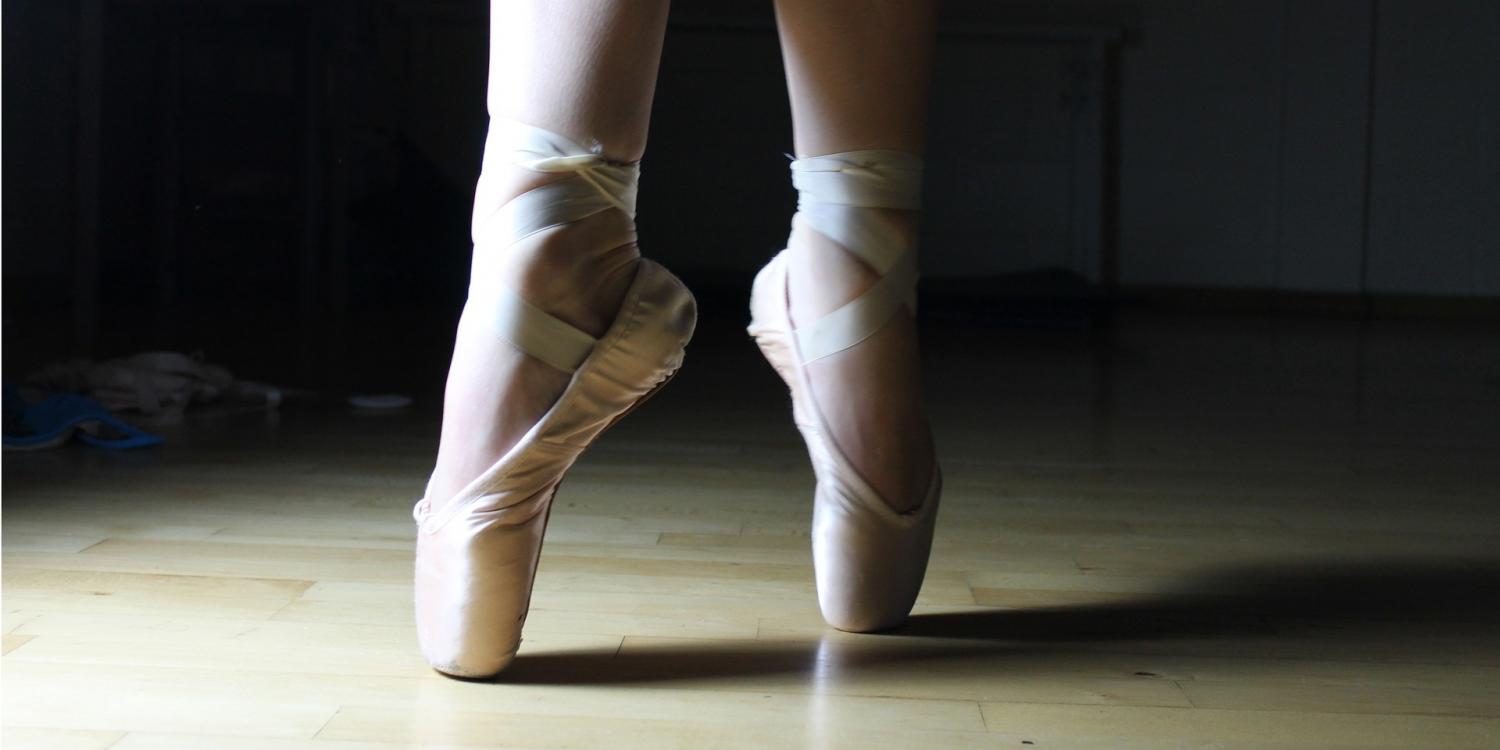
The Arts Are Not an Easy A
If you were asked to sit down and compose an essay about foreshadowing in Agatha Christie’s And Then There Were None, could you? For some, this may seem completely impossible. Other people might not have any trouble producing a passionate, college-length essay on this topic. Each brain is different, and everyone excels in different areas!
Math class is one of the great divides between schoolchildren. Often, arts students will have more trouble with calculations and equations. This doesn’t make them any less intelligent; they’re just better at other tasks, like writing or drawing.
However, high schools tend to emphasize this rhetoric: if you’re good at math and science, great! You will probably have a successful career. But if you aren’t? I guess you need to work harder and be smarter.
Throughout high school, you need one art credit. Pass and you’re set! But math? You aren’t getting off that easily. If you know you aren’t going into anything that requires geometry, why should you have to suffer through it and be slighted when you aren’t “smart” enough?
When you bring the science kids into drama class, or hand them a paintbrush and tell them to recreate one of Andy Warhol’s fluorescent masterpieces, many of them will struggle. But do high schools reprimand them for not being smart or talented enough? Not really… It’s more “Oh, that’s okay, just stick to your periodic table and gravitational forces!” It’s a bit of a double standard.
Of course, I recognize the importance of understanding basic math, and obviously more people will use science than dance in their daily, professional lives. A big problem, however, is the lack of optional courses offered in the arts sector. It probably won’t be hard for a twelfth grader to fill their schedule with chemistry, biology, calculus, and other classes that turn my stomach. But for a language-oriented high schooler? The list of electives becomes decidedly shorter. I actually took biology and physics in grade 11, and biology again in senior year simply because I had taken all the language courses my high school could offer, including an online literature class.
Many students and parents think art is an easy grade. Let me tell you, if you aren’t in the arts, you’ve probably never felt the frustration of a painter trying to get just the right blueish gold hue for a sun-kissed, rippling lake or spent hours perfecting the second eye on your “rough” sketch.
You’ve probably never choreographed and rehearsed for months, training your body to bend in unnatural ways and damaging your feet and toes for the rest of your life (pointe shoes, anyone?).
You’ve probably never played anything more than “Chopsticks” on a piano or dedicated every free hour you had to learning to read sheet music, which, really, is a whole other language.
Art is an intense, demanding domain that requires skill, practice, and commitment. Is solving an equation that contains more letters than numbers difficult? Undoubtedly. But so is crafting a detailed, alternate universe filled with multifaceted characters that evolve over the course of an enthralling plot.
Interestingly, although art and math seem like opposite ends of the spectrum, a 2014 study done in the UK proved that mathematical beauty affects the brain the same way artistic beauty does. Both subjects are valid, but treating one like a lower-tier discipline discourages students from going into the arts and hurts those who find more meaning in art than in math or science.
Finally, schools, and society itself, should respect and appreciate the arts more than they do. Without dance, music, visual arts, and theatre, among others, our existence would be bland and unappealing. When criticizing young artists for pursuing their craft, you’re impeding the growth of the most beautiful parts of life.
Zeki, Semir, et al. “The experience of mathematical beauty and its neural correlates.” Frontiers in Human Neuroscience, vol. 8, no. 68, 2014. Accessed 17 May 18.












